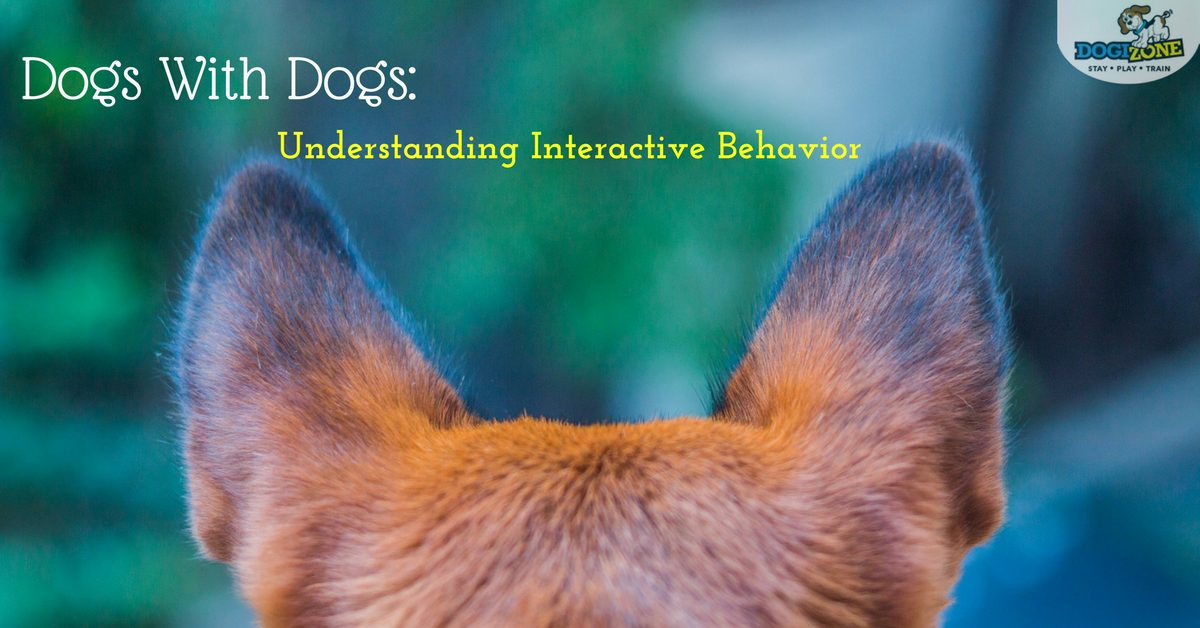Dogs With Dogs: Understanding Interactive Behavior
Signs and Signals to Help You Understand Dogs With Dogs

As humans, we have behaviors that we use that are easily understood by other humans, even people we haven’t met before. These behaviors are shaped by our culture, experience, and understanding of social norms and customs.
Dogs and all types of animals have the same set of understood common ways to interact. These are taught to puppies by the mother dog and through interactions with other dogs as they mature. This is one of the reasons why socialization is so important for puppies and why many breeders, vets, and trainers now recommend puppies should stay in the litter for up to 12 weeks instead of the shorter 8 weeks until weaning.
We can learn to understand how our dogs are interacting with other dogs. This can be very helpful in the dog park or even when introducing your pet to another dog. By learning the signals and the signs of acceptance, excitement or possibility fear, aggression, or dominance, it is possible to avoid problematic interactions with other dogs and train your pet at the same time.
Ears, Neck and Tails
Three key body parts to keep an eye on when your dog is approaching or interacting with another dog are the ears and the tail. A wagging tail that is carried in the normal position means the dog is accepting and calm and happy to see the other animal.
This is typically matched with the neck in the neutral position, neither up nor down, and the ears in a relaxed or slightly alert and interested position. With pendant type ears, like that of a Bassett Hound or a Spaniel, this can be a bit tricky to spot.
When the tail is carried high or arched up and over the back, which will depend on the breed, this is a sign of the dog being confident and alert. When the tail is very low and even tucked up between the legs, the dog is showing signs of submission or fear.
In conditioning with the tail, the ears will also tell a message. Ears and tail up with the neck up or pushed out may be a sign of aggression, particularly if the hackles rise and the dog walks with stiff legs, almost like he or are trying to walk on tippy toes. Some dogs also use this same pose to signal dominance, which is typically matched with a direct stare at the other dog. Growling or vocalization may also be used to signal dominance or submission, with the latter closely associated with whining.
Ears back flat against the head, neck down and tail down or tucked is fear or submission. Ears back, neck and head forward and tail up is often a sign of aggression. Often dogs that are submissive will flatten their complete body and almost crouch down, approaching the other dog from the side, not making direct eye contact.
The Obligatory Sniff and Strange Dance
From the approach, there will also be the part of the communication that is embarrassing to some dog owners. The sniffing of the other dog’s bottom is an important part of the greeting. Allow it to play out; it should only last for a few minutes.
From here, the dogs will typically start to play by doing a sort of a dance. They will hop around, take little lunges and then, once they feel comfortable, they will start to run and chase, signally they are comfortable with each other or within the group.

